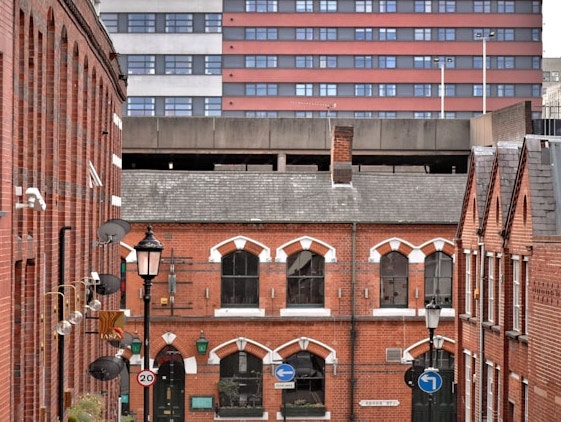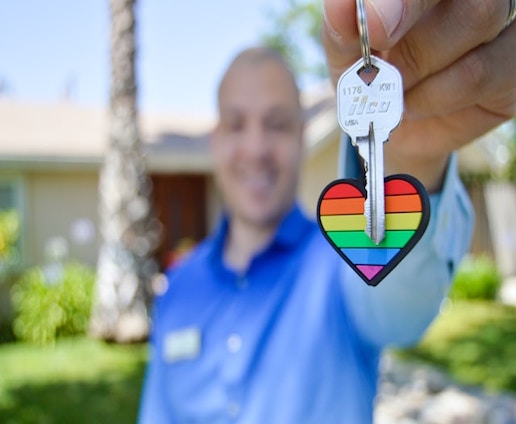Community-led developments are becoming increasingly popular as a means to create housing solutions that reflect the needs and aspirations of local residents. These initiatives not only foster a strong sense of community but also contribute to sustainable urban growth. Birmingham has been at the forefront of several successful community-led projects, showcasing innovative approaches to property development. Here are some notable case studies highlighting their impact and significance for property investment in Birmingham, as noted by TK Property Group.
Case Study 1: Castle Vale Regeneration
Background
Castle Vale, once known for its high levels of deprivation and poor housing conditions, has undergone a remarkable transformation through a community-led regeneration initiative. The Castle Vale Housing Action Trust (HAT) was established in the 1990s to address these issues by involving residents in the decision-making process.
Key Features
- Resident Involvement: Residents played a crucial role in planning and implementing the regeneration, ensuring that their needs and preferences were prioritized.
- Mixed-Use Development: The project included the refurbishment of existing homes, construction of new housing, and development of commercial spaces, schools, and community facilities.
- Sustainable Design: Emphasis was placed on sustainable building practices and creating green spaces to enhance the living environment.
Impact
The Castle Vale regeneration has led to significant improvements in housing quality, community cohesion, and local amenities. Property values in the area have increased, making it an attractive location for property investment in Birmingham. The success of Castle Vale demonstrates the potential of community-led projects to drive positive change and economic growth.
Case Study 2: Civic Square
Background
Civic Square is a pioneering community-led project in Birmingham’s Ladywood district, aimed at creating a new type of public space that fosters social, economic, and environmental sustainability. The project is driven by a collective of local residents, artists, and activists.
Key Features
- Collaborative Design: The project involves extensive collaboration with local stakeholders to design a space that meets diverse community needs.
- Multifunctional Spaces: Civic Square includes areas for social gatherings, workshops, urban farming, and market activities, promoting a vibrant and inclusive community atmosphere.
- Innovative Funding: The initiative leverages various funding sources, including grants, crowdfunding, and social investment, to finance the development.
Impact
Civic Square has become a focal point for community activities and innovation, enhancing the social fabric of Ladywood. The project has attracted attention from investors interested in sustainable and socially responsible property development. Its success highlights the value of integrating community input into urban planning.
Case Study 3: Stirchley Cooperative Development
Background
Stirchley, a suburb in South Birmingham, has seen a resurgence in recent years, partly due to the efforts of community cooperatives that focus on sustainable and affordable housing. One notable project is the Stirchley Cooperative Development, which aims to provide affordable homes while fostering a strong sense of community.
Key Features
- Cooperative Ownership: Homes are owned and managed by the cooperative, ensuring that residents have a stake in the development and its upkeep.
- Affordability: The cooperative model helps keep housing costs low, making it accessible to a wider range of residents.
- Community Spaces: The development includes shared spaces for community events, gardens, and workshops, promoting interaction and mutual support among residents.
Impact
The Stirchley Cooperative Development has created affordable housing options and strengthened community ties in the area. The project’s success has spurred interest in similar cooperative housing models, illustrating their potential as a viable property investment in Birmingham. Investors are recognizing the stability and appeal of cooperative developments in creating sustainable communities.





